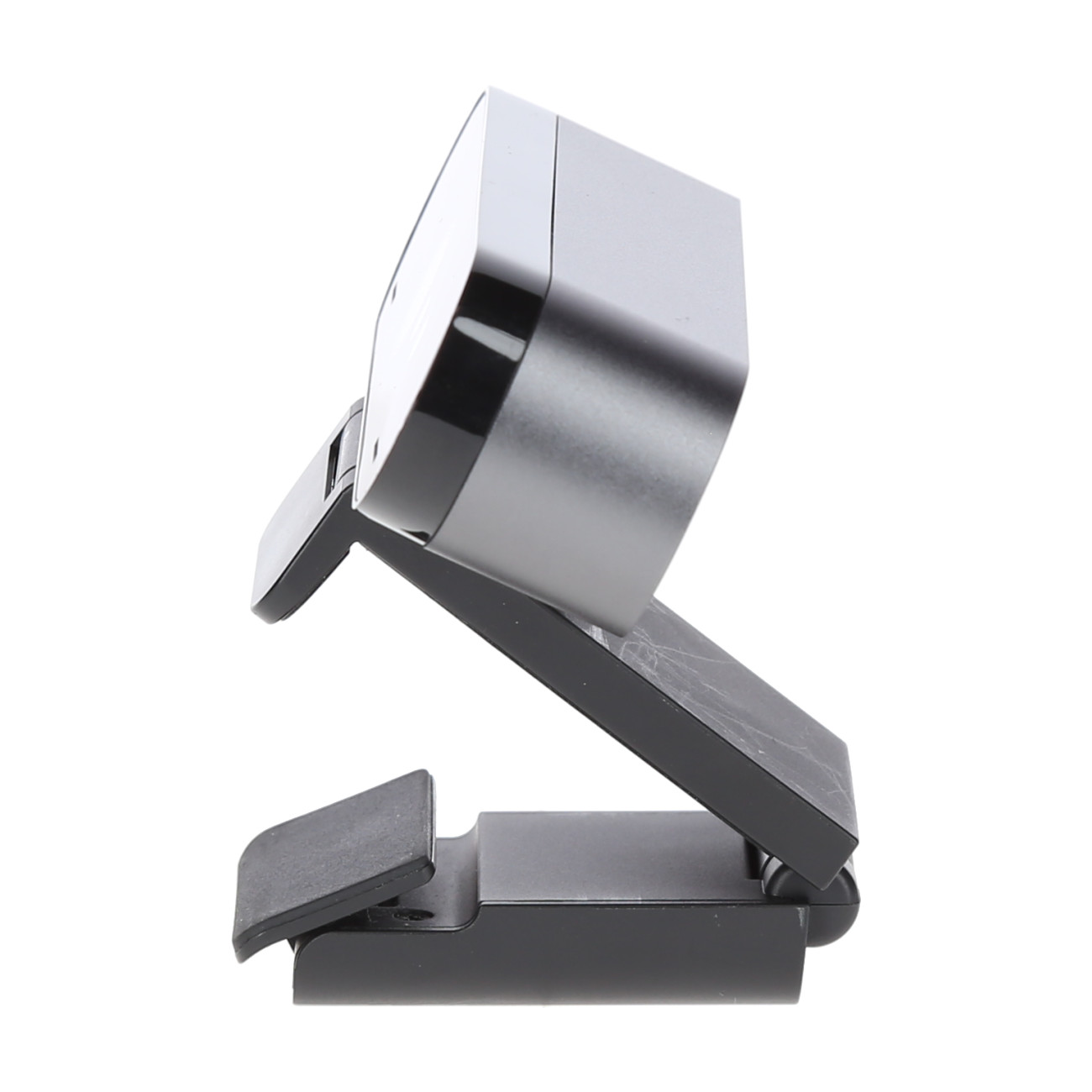







































£139.99*
- Resolution 3840 x 2160 4K UHD
- Camera resolution 16 MP
- Field of view 90°
- Frames per Second 60 fps


Frequently purchased together
Product information

BRIO ULTRA HD PRO WEBCAM
4K webcam with HDR and Windows Hello support

A NEW BENCHMARK FOR WEBCAMS
Step up to the world’s most technologically advanced webcam and get professional-quality video for video conferencing, streaming, or recording. Logitech BRIO is packed with features that produce stunning video in any environment. Our premier 4K ultra high-def camera offers 5x digital zoom, high frame rates, outstanding low-light performance, HDR, and RightLight™ 3.
CAPTURE EVERY DETAIL IN 4K HD
Stream crystal-clear video with superb resolution, frame rate, color, and detail. Logitech BRIO delivers 4K Ultra HD at 30 fps or 1080p at either 30 or an ultra-smooth 60 fps for outstanding clarity, smoothness, and detail. Get a closer look with 5x zoom.
LOOK GREAT IN ANY LIGHT
Now you can use your video conferencing, streaming, and video recording applications in any lighting condition – and always look your best. Whether in low light or bright sunshine, Logitech BRIO with RightLight™ 3 and high dynamic range (HDR) technology adjusts to highlight the most important subject: you.

SECURITY MEETS CONVENIENCE
Powered by both optical and infrared sensors, BRIO delivers fast and secure facial recognition for Windows Hello. No need to type a password for Windows 10: simply look into BRIO’s lens to login
ADJUSTABLE FIELD OF VIEW
Choose from three field of view settings to perfectly frame your video. For an ideal head and shoulders shot, pick 65 degrees diagonal. For larger groups or to capture more of the room, choose 78 or 90 degrees diagonal.
4K RECORDING
Use BRIO with software like Camera for Windows 10, XSplit Broadcaster, OBS, and SwiftCapture to record in resolutions up to 4K.1
SMOOTH STREAMING
BRIO retains a high frame rate whatever the lighting to match your gaming broadcast with no lag. Stream in full 1080p HD at up to 60 frames per second for smooth, fluid video that keeps up with your every move.
CERTIFIED FOR BUSINESS
BRIO is certified compatible with Skype for Business and ready for Teams, and works with Microsoft Cortana® and Windows Hello. Certifications and compatibility with other popular applications include BlueJeans, Broadsoft, Fuze, Lifesize Cloud, Vidyo, and Zoom.
Mount the camera wherever it works best – LCD screen, notebook, or tabletop – with the adjustable clip, or mount BRIO on your own tripod instead. A removable shade flips down to assure privacy and peace of mind.
5X HD ZOOM
Zoom in and pan around to crop out distracting backgrounds, perfectly frame you and a friend, or capture the entire scene. BRIO’s next-generation 4K image sensor delivers HD quality without jaggies or blur, even when zoomed in.
Technical data
| Name | Logitech BRIO 960-001106 Webcam, 3840 x 2160 4K UHD, 16 MP, 60 fps, 90° |
|---|---|
| Article number | 1000003848 |
| GTIN/EAN | 5099206068100 |
| Manufacturer SKU | 960-001106 |
| Model name | BRIO 960-001106 |
| Brand | Logitech |
| Product Type | Webcam |
| Application | Large Rooms , Medium Rooms |
| Resolution | 3840 x 2160 4K UHD |
| Frames per Second | 60 fps |
| Focus type | Manual & automatic focus |
| Digital Zoom | 5 |
| Camera resolution | 16 MP |
| Camera sensor | 4K-Sensor |
| Field of view | 90° |
| Inputs | 1x USB-C , 2x USB-A |
| Features | Microsoft Teams |
| Product width | 10.2 cm |
| Product height | 2.7 cm |
| Product depth | 2.7 cm |
| Weight | 0.63 kg |
| Colour | Black |
| Delivery contents | USB cable , mount |
| Condition | New |
| Warranty | 24 Month |
| Warranty type | Bringin service Service and support information |
Product safety
| Company |
|---|
| Logitech |
| EPFL - Quartier de l'Innovation, Daniel Borel Innovation Center |
| 1015 Lausanne |
| Switzerland |
| info@logitechg.de |









